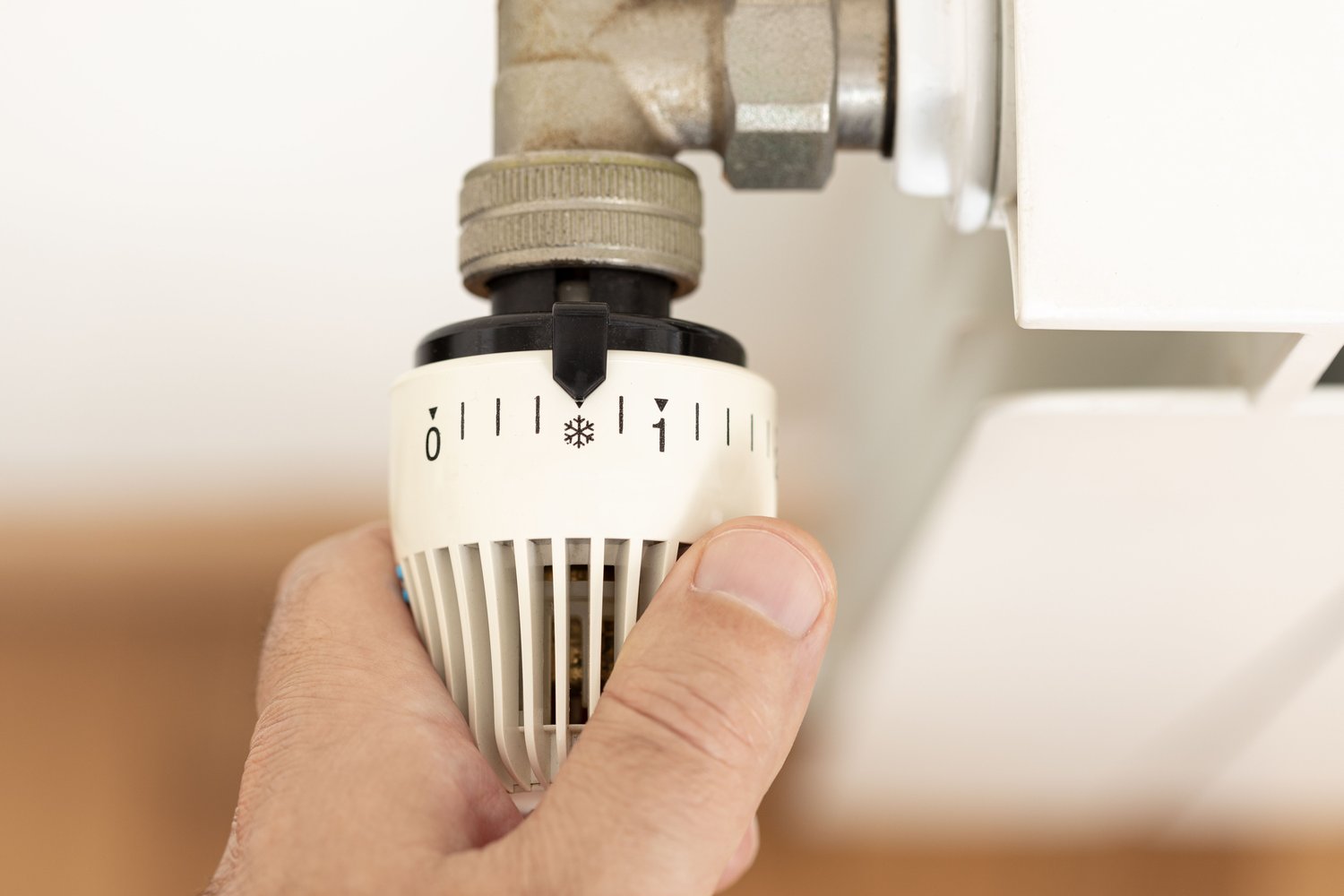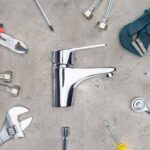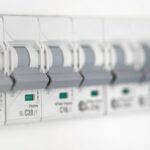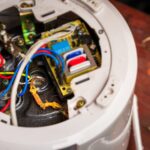Imagine stepping into a room and feeling a wave of discomfort because one corner is markedly cooler than the other. Uneven air conditioning is more than just a nuisance; it can drastically lower your home’s energy efficiency and affect your comfort. Recognizing why your air conditioning system fails to distribute air evenly is the first step toward resolving this common issue, ensuring you enjoy a balanced indoor climate all year round.
- Understand the frequent culprits behind uneven air conditioning, such as blocked vents or improper thermostat locations.
- Learn how to diagnose these imbalances by evaluating airflow, insulation quality, and checking for equipment issues.
- Discover practical solutions like vent adjustments and optimizing your HVAC system for consistent air flow.
- Explore advanced technologies, including smart thermostats and zoning systems, to achieve better air distribution.
By delving into these insights, you’ll gain the knowledge to restore comfort and elevation in your home’s air conditioning efficiency, inviting you to not only explore potential causes but also to implement long-term solutions. Share your own experiences or innovative approaches to continually improve your home environment.
Understanding the Causes of Uneven Air Conditioning
Uneven air conditioning can turn your home from a haven of comfort into a patchwork of fluctuating temperatures. Understanding the root causes of these imbalances is crucial for achieving a consistently pleasant indoor climate. One of the most common culprits is blocked vents. These obstructions can restrict airflow, causing certain areas of your home to become excessively cold or curiously warm.
Another contributing factor could be the location of your thermostat. If the thermostat is placed in a hallway or a poorly insulated room, it might not accurately gauge your home’s average temperature. This can lead to inefficient operation, resulting in uneven cooling or heating.
Additionally, your home’s insulation quality plays a significant role. Poor insulation can allow conditioned air to escape or external temperatures to enter, exacerbating temperature discrepancies. By pinpointing these common issues, you set the stage for effective solutions and enhanced energy efficiency.
Diagnosing Air Conditioning Imbalances
Assessing the extent and origins of uneven air conditioning is a critical step in rectifying the issue. Begin by examining the airflow across your HVAC system. Check that ductwork is unobstructed and that vents are fully open. Any signs of irregular airflow can signal blockages or duct leaks that necessitate repair.
Next, evaluate your home’s insulation. Conduct a thorough inspection to ensure that walls, attic spaces, and windows are properly sealed. Poor insulation can lead to significant thermal exchange, impacting your system’s performance.
Furthermore, consider potential equipment malfunctions. An aging or inadequately maintained air conditioning unit may struggle to distribute air evenly. Regular system check-ups and maintenance are essential for optimal functionality. By methodically diagnosing these issues, you’ll be better equipped to implement targeted improvements, ensuring a consistent climate throughout your home.
Practical Steps for Fixing Uneven Air Conditioning
Uneven air flow can significantly impact your home’s comfort and energy efficiency. To begin addressing this issue, it’s essential to identify simple yet effective strategies to improve air distribution. One of the most straightforward approaches is adjusting the HVAC vents. Ensure that all vents are fully open and clear of obstructions such as furniture or curtains. This can help improve the delivery of conditioned air to all areas of your home.
Optimizing insulation is another powerful strategy. Poor insulation can lead to temperature discrepancies by allowing cold or warm air to escape. Inspect your home for any leaks or poorly insulated areas, particularly in attics and basements. Sealing these leaks and upgrading insulation can lead to more consistent temperatures.
An often-overlooked method to tackle uneven air flow involves optimizing your HVAC system’s performance. Regular maintenance tasks such as cleaning coils, ensuring ductwork is sealed, and checking for system balance can prevent air flow issues. Additionally, it is advisable to replace HVAC filters regularly to avoid air flow restrictions that can exacerbate temperature imbalances.
Harnessing Technology to Balance Air Conditioning
Incorporating advanced technologies can significantly enhance the way air is distributed throughout your home. One engaging solution is the use of smart thermostats. These devices can adapt to your household’s routine, allowing more precise control over indoor temperatures. By learning your preferences and adjusting cooling patterns, a smart thermostat can help maintain a balanced environment.
Embracing zoning systems can also greatly contribute to even air conditioning. Zoning allows different areas of your home to be controlled independently, ensuring each zone receives adequate cooling based on individual needs and preferences. This can prevent some areas from being overly hot or cold compared to others.
With the integration of these advanced tools, you can achieve a more balanced and energy-efficient home environment. Integrating technology not only simplifies climate control but can also lead to savings on energy bills in the long run.
Maintaining Even Air Conditioning for the Long Term
Ensuring your air conditioning system operates evenly over time requires regular attention and care. Proper HVAC maintenance is essential to sustain a comfortable and efficient indoor climate. Regular monitoring and timely interventions can prevent potential issues from disrupting the evenly distributed cooling in your home.
Regular Filter Changes
One of the simplest yet most effective ways to maintain even air conditioning is through routine filter changes. Clogged or dirty filters can restrict airflow, causing uneven cooling. It’s recommended to check and replace your AC filters every 1-3 months, depending on usage and environmental factors. Cleaner filters not only promote better air distribution but also enhance indoor air quality, making a significant impact on your comfort and health.
Consistent System Check-Ups
Scheduling regular check-ups for your HVAC system ensures that all components are functioning correctly. Professional inspections can identify early signs of equipment inefficiencies or potential malfunctions, allowing for timely repairs. This proactive approach helps maintain an evenly balanced air flow throughout your home and prevents unexpected disruptions in comfort levels.
Effective Insulation Maintenance
Beyond the air conditioning unit itself, ensuring your home is adequately insulated plays a crucial role in maintaining uniform temperature distribution. Well-insulated walls, ceilings, and floors prevent heat gain or loss, allowing your air conditioning system to work efficiently and reduce overall energy consumption.
Smart Technology Adoption
Incorporating smart home technology can also aid in maintaining even air conditioning. Consider using smart thermostats, which provide more precise control over temperatures and allow for better management of different zones in your home. These devices can help ensure that each room remains comfortable according to usage patterns and personal preferences.
By implementing these strategies, you can effectively maintain a balanced and smooth-running air conditioning system, ensuring your home stays comfortable and energy-efficient for the long term. Share your own tips or inquire further about air conditioner maintenance to keep optimizing your home environment.
Frequently Asked Questions About Fixing Uneven Air Conditioning
What are the main causes of uneven air conditioning?
Common causes include blocked vents, poor insulation, and improper thermostat placement.
How can I diagnose uneven air conditioning?
Check for airflow obstructions, inspect insulation quality, and test for equipment malfunctions.
What steps can be taken to fix uneven air conditioning?
- Adjust and clean vents.
- Improve insulation.
- Ensure HVAC system optimization.
Can technology help improve air conditioning balance?
Yes, consider using smart thermostats and zoning systems to enhance air distribution.
How do I maintain even air conditioning?
- Regularly change filters.
- Schedule system check-ups.
- Monitor and address issues promptly.





